A Rare Case of Spigelian Hernia
Case Studies
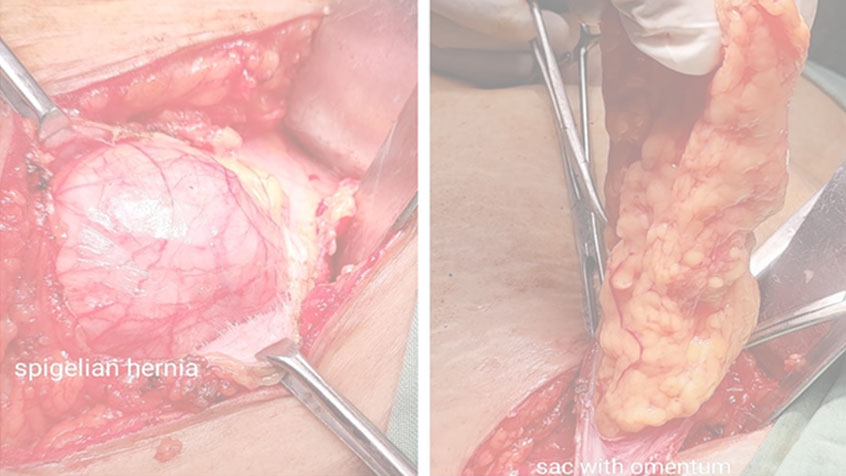
SPIGELIAN HERNIA- A CASE REPORT
Authors- Dr.Anand Kumar J, Dr. Kavya Tere
Department of General & Laparoscopic Surgery & Minimal Access Surgery, SUGUNA HOSPITAL.
Discussion.
Spigelian hernia is named after Adriaan van Spieghel, who described the semilunar line.The hernia appears to peak in the 4th to 7th decades. The male to female ratio is 1:1.18. Spigelian hernias are very uncommon and constitute only 0.12% of all abdominal wall hernias.Spigelian hernias occurs through slit like defects in the anterior abdominal wall adjacent to the semilunar line which extends from the tip of the ninth costal cartilage to the pubic spine at the lateral edge of the rectus muscle inferiorly. Most of spigelian hernias occur in the lower abdomen where the posterior sheath is deficient. It is also called “spontaneous lateral ventral hernia” or “hernia of semilunar line”. The hernia ring is a well-defined defect in the transversus aponeurosis.
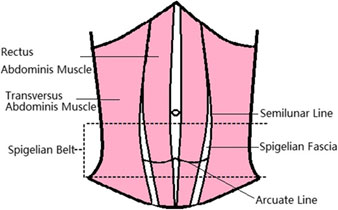
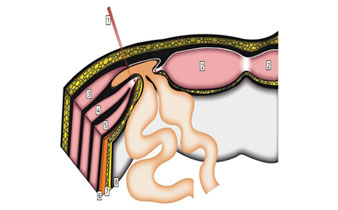
The diagnosis of spigelian hernia is difficult as the hernia is interparietal with no obvious mass on inspection or palpation and is complicated by that the defect continues to expand laterally and caudally between two oblique muscles.
Symptoms can vary from abdominal pain, lump in the anterior abdominal wall or patient may have history of incarceration with or without intestinal obstruction. Pain often can be provoked or aggravated by maneuvers that increase the intra abdominal pressure and is relieved by rest. It is known to go in early for incarceration and strangulation due to narrow defect. Hence early detection and operative surgery is key to management.
Case Report
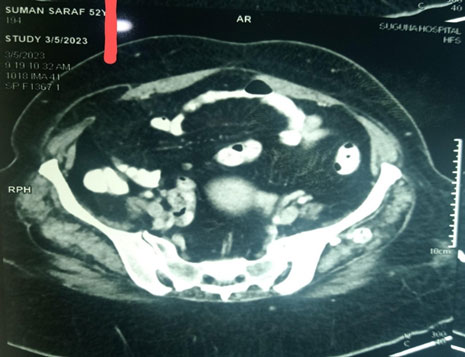
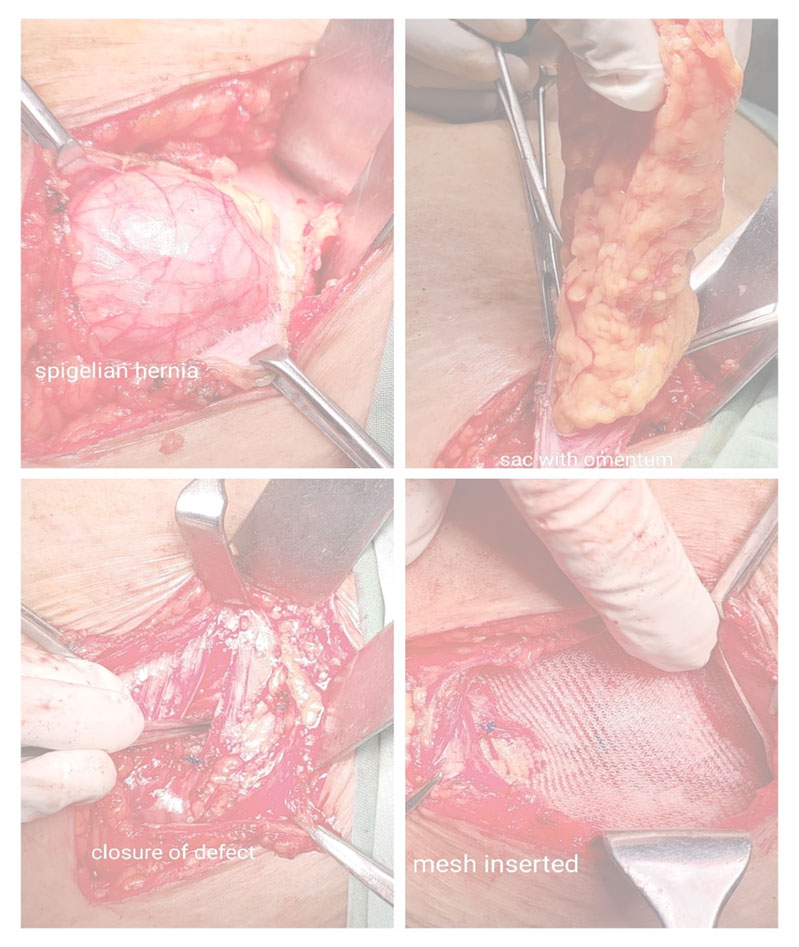
 24x7 Helpline 080 4019 4444
24x7 Helpline 080 4019 4444
